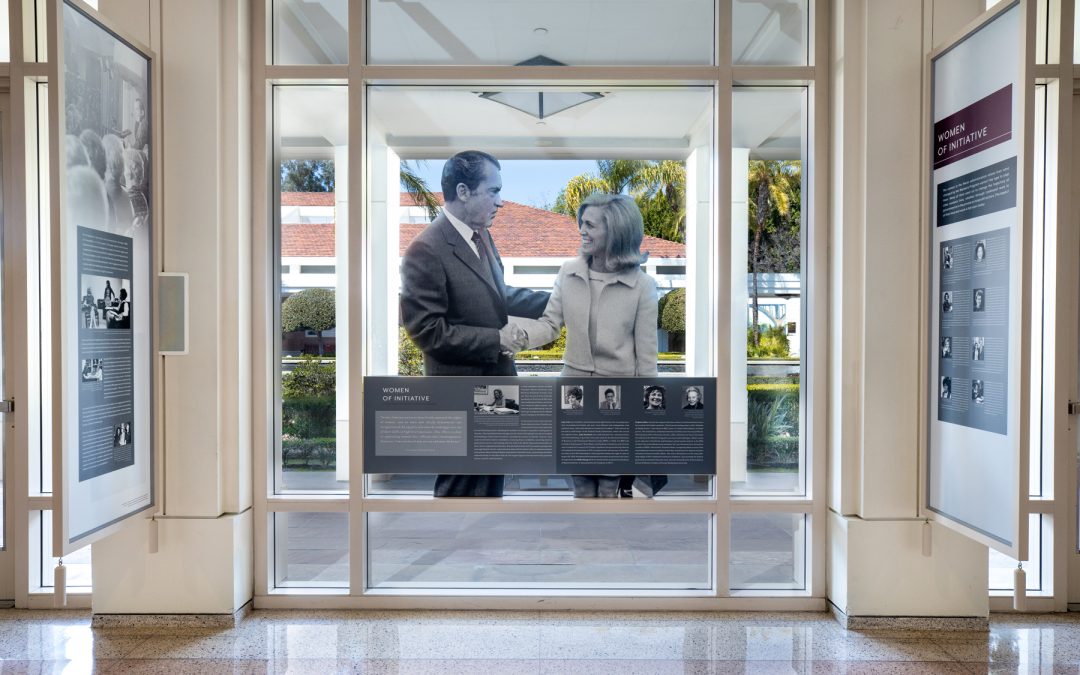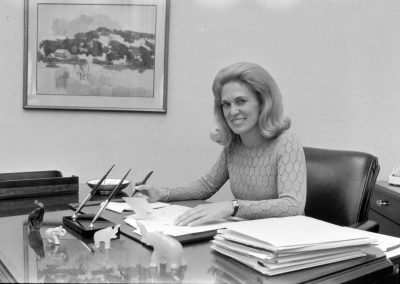When President Nixon signed into law the Education Amendments Act of 1972, few knew just how consequential Title IX would be. In just 37 words, Title IX launched a revolution in women’s sports.
Today, eight times as many young women are participating in college athletics than in 1972. In America’s high schools, more than 2.6 million young women are participating in sports, nine times as many as in 1972.
Watching eight-year-old girls round the bases on a softball field, or tuning in to cheer on Team USA in the Women’s World Cup, Americans see the legacy of Title IX playing out before them on a daily basis.
President Nixon had always been surrounded by strong women—his mother, Hannah Nixon, worked along-side his father in the family grocery in the 1920s and 1930s, and his wife, Pat Nixon, was well known to be a self-made woman. In September 1969, he created a Task Force for Women’s Rights and Responsibilities to place women in positions in the federal government.
Barbara Franklin, one of the first women graduates of the Harvard Graduate School of Business Administration, was appointed to lead this program recruiting women for high level government positions. Her leadership resulted in nearly quadrupling the number of women in those positions and paved the way for women in both the public and private sector to break glass ceilings.
Barbara Franklin was appointed by President Nixon to recruit women for high-level government positions.





